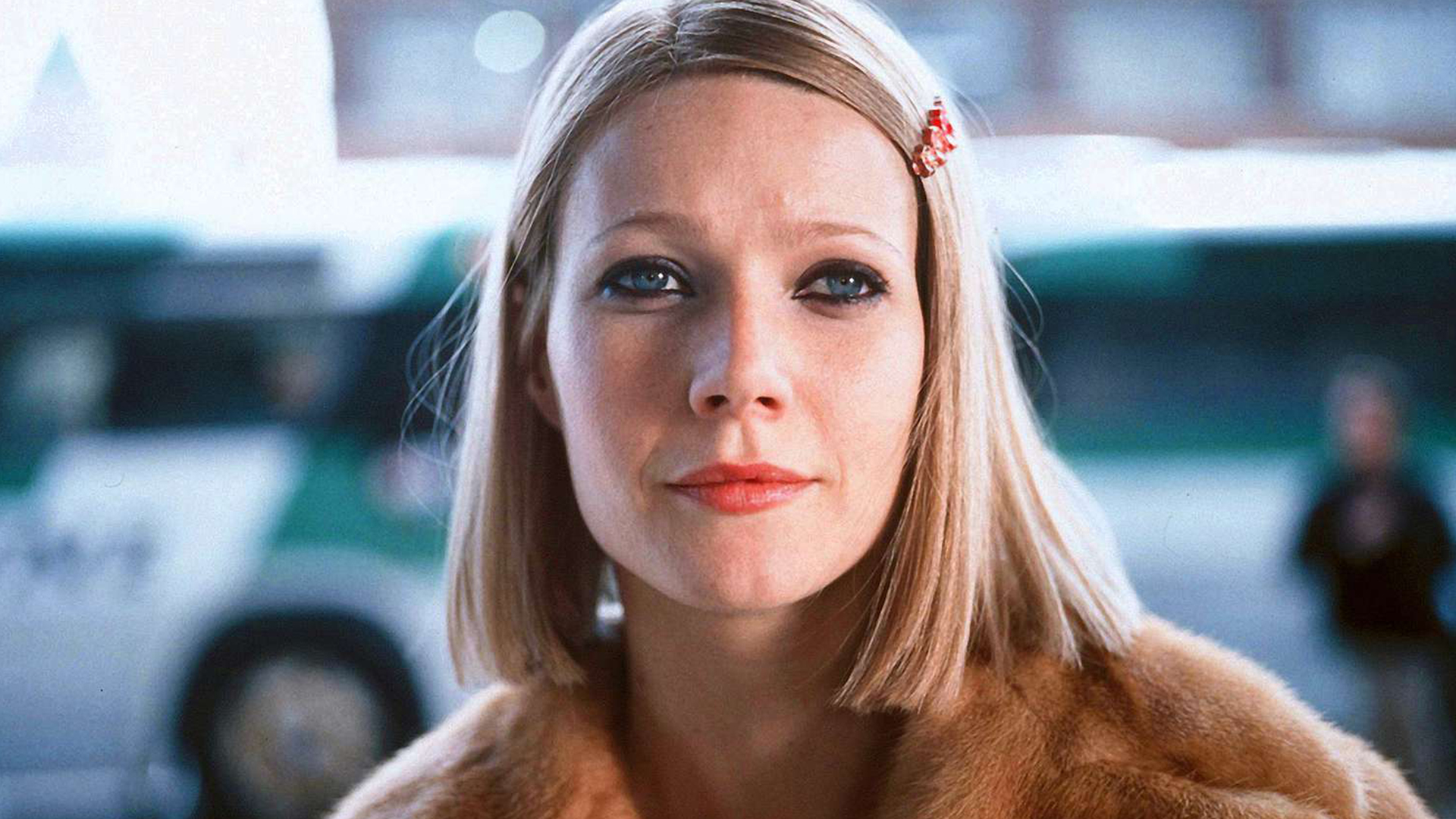Director: Fabián Bielinsky
Cast: Ricardo Darín, Dolores Fonzi, Alejandro Awada, Pablo Cedrón, Jorge D'Elia, Manuel Rodal, Rafael Castejón, Walter Reyno, Nahuel Pérez Biscayart
Argentina, Spain, France, 2005, 134’,
Spanish with Turkish subtitles
This neo-noir psychological thriller sets in Patagonia, tells the dark journey of an ordinary man who fantasizes about the perfect heist all his life. Esteban, who rents a hunting cabin in the woods with his friend, accidentally kills the owner. Incidentally, he also discovers that the man he killed was literally planning the perfect heist. Aura, where fantasies become reality and where dreams turn into nightmares, reunites director Fabián Bielinsky and actor Ricardo Darín after Nine Queens.
Trailer

Published as part of Pera Learning programs, “The Little Yellow Circle (Küçük Sarı Daire)” is a children’s book written by Tania Bahar and illustrated by Marina Rico, offering children and adults to a novel learning experience where they can share and discover together.

The New Year is more than just a date change on the calendar. It often marks a turning point where the weight of past experiences is felt or the uncertainty of the future is faced. This season, Pera Film highlights films that delve into themes of hope, regret, nostalgia, and new beginnings.
Tuesday - Saturday 10:00 - 19:00
Friday 10:00 - 22:00
Sunday 12:00 - 18:00
The museum is closed on Mondays.
On Wednesdays, the students can
visit the museum free of admission.
Full ticket: 300 TL
Discounted: 150 TL
Groups: 200 TL (minimum 10 people)